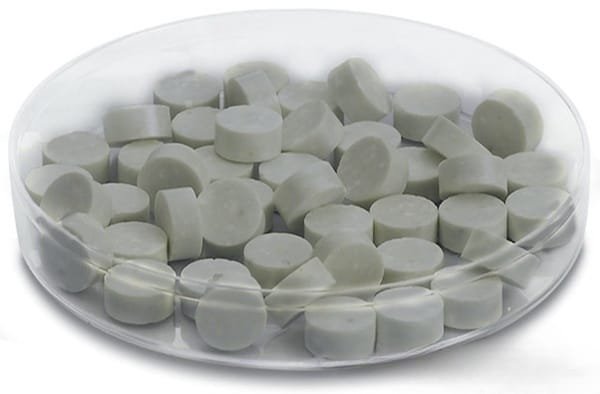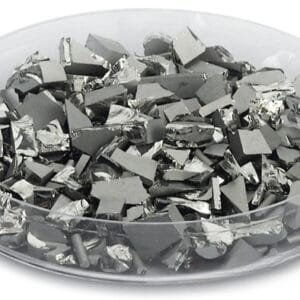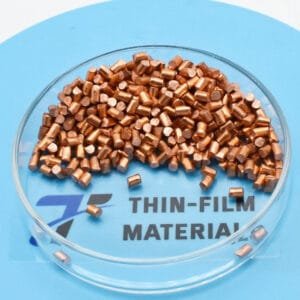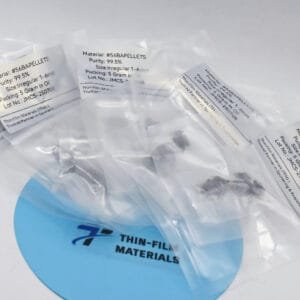Zirconium Disilicide Evaporation Materials Overview
Zirconium disilicide (ZrSi₂) is a high-quality silicide ceramic material essential for precise deposition processes. TFM offers zirconium disilicide evaporation materials with purity levels up to 99.9995%, ensuring exceptional performance and reliability. These materials are crucial for achieving high-quality deposited films and are produced under rigorous quality assurance protocols.
Specifications of Zirconium Disilicide Evaporation Materials
- Material Type: Zirconium disilicide
- Symbol: ZrSi₂
- Appearance/Color: Gray solid
- Melting Point: 1,620 °C (2,950 °F; 1,890 K)
- Density: 4.88 g/cm³
- Purity: 99.9%
- Form: Available in powder, granule, or custom shapes
Applications of Zirconium Disilicide Evaporation Materials
Zirconium disilicide evaporation materials are used in various deposition processes, including:
- Semiconductor deposition
- Chemical vapor deposition (CVD)
- Physical vapor deposition (PVD)
They are primarily applied in optics for wear protection, decorative coatings, and displays.
Packaging and Handling
Our zirconium disilicide materials are carefully tagged and labeled to ensure efficient identification and quality control. We take great care to prevent any damage during storage and transportation.
Contact TFM
TFM is a leading provider of high-purity zirconium disilicide evaporation materials. We offer these materials in various forms, including tablets, granules, rods, and wires, with custom options available upon request. In addition to evaporation materials, we supply evaporation sources, boats, filaments, crucibles, heaters, and e-beam crucible liners. For current pricing and inquiries about additional materials, please contact us directly.


 MSDS File
MSDS File



Reviews
There are no reviews yet.